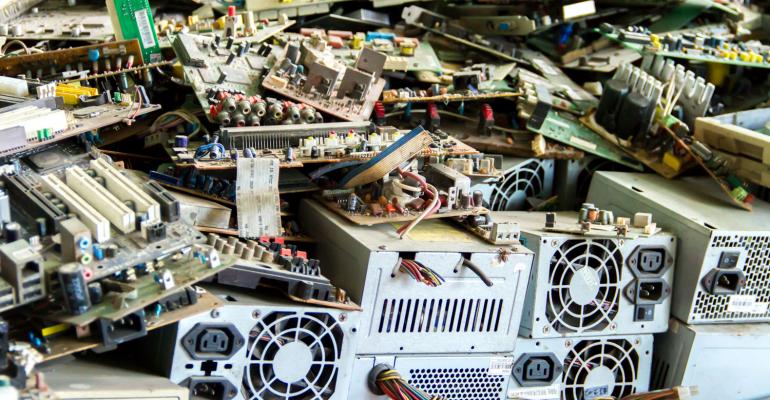Tehran's need for strategies and facilities to manage electronic waste is gradually getting serious, an expert at the Department of Environment said.
Fatemeh Akbarpour added that although there is no accurate data on electronic waste production in the country, the growing population and rising demand for electronic goods will inevitably turn it into an emerging environmental challenge, ISNA reported.
"The rapid speed of technology's development has noticeably decreased the lifespan of electrical and electronic devices, driving the society to produce a massive pile of e-waste heading toward the country's poor waste management facilities," she said.
Reportedly, much of the electronic waste in Iran includes heating and lighting tools, electronic parts used in vehicles, mobile phones and television electronic boards. Pointing to the unstoppable production of e-waste, the expert highlighted the necessity of developing recycling facilities throughout the country.
"A number of electronic recycling units have so far been launched in Iran, but Tehran, which is a huge waste producer, still lacks basic infrastructure for electronic waste recycling," he said.
Currently, two landfills in Khalazir and Taqiabad neighborhoods of Tehran are used to dump electronic waste, notwithstanding environmental standards.
"This sort of waste contains heavy metals such as nickel, lead, mercury and gold mixed with plastic material that are toxic and can harm the environment and human health if not managed properly," she said.
Burying and incineration, as other waste disposal methods, also contaminate the environment as they release toxic materials polluting groundwater, soil and air.
According to the expert, modern strategies of e-waste disposal include separation, decontamination and mechanical recycling.
"However, in Iran, where the methods are not practical due to lack of facilities, the safest way to get rid of the e-waste is to place them in thick concrete blocks to control their electromagnetic waves," Akbarpour said, calling on the officials to think of a solution before it is too late. An estimated 50 million tons of e-waste are produced each year in the world, with the amount of e-waste production expected to rise by as much as 500% over the next decade in some countries.
Unofficial data show the annual per capita production of e-waste in Iran is more than 7 kilograms, which is nearly twice Asia’s average.


